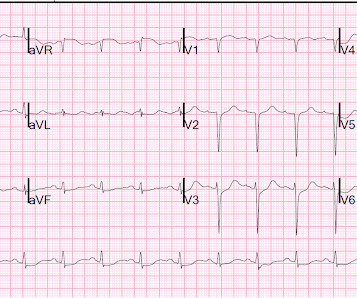SGEM#189: Bring Me To Life in OHCA
The Skeptics' Guide to EM
SEPTEMBER 23, 2017
Case: You are the medical director of an EMS system in a large city deciding on whether to respond to all out of hospital cardiac arrests (OHCA) with ACLS capabilities, or if resources should be directed to those candidates for extracorporeal CPR. Bystander high-quality CPR can buy you some time until defibrillation.














Let's personalize your content